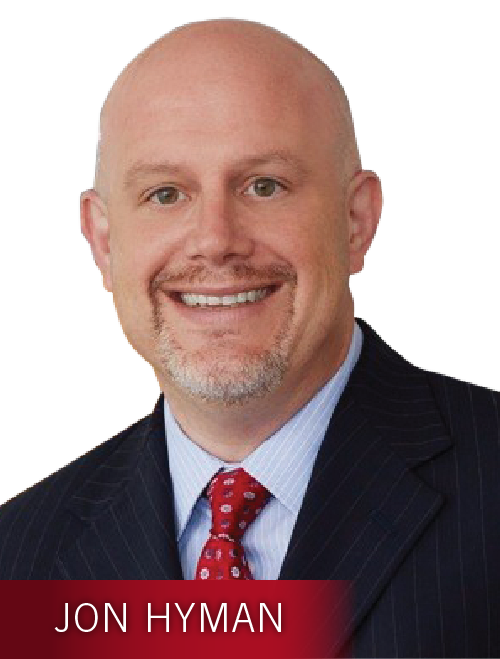It’s been two years since OSHA announced its hard-line interpretation of its then newly announced anti-retaliation rules — that using incentive programs to penalize workers for reporting work-related injuries or illnesses, and that conducting post-incident drug testing without a reasonable possibility that employee drug use could have contributed to the reported injury or illness, constitutes unlawful retaliation under OSHA.
Last week, OSHA published a memo that specifically clarifies that it “does not prohibit workplace safety incentive programs or post-incident drug testing.” [emphasis in original]
What does this mean?
Incentive Programs
One example of an incentive programs is one that rewards workers for reporting near-misses or safety hazards. According to OSHA, “Positive action taken under this type of program is always permissible.”
Another example rewards employees with a prize or bonus at the end of an injury-free month, or evaluates (and bonuses) managers based on their work unit’s lack of injuries. According to OSHA, these programs are also permissible, “as long as they are not implemented in a manner that discourages reporting.”
According to OSHA:
If an employer takes a negative action against an employee under a rate-based incentive program, such as withholding a prize or bonus because of a reported injury, OSHA would not cite the employer [for retaliation] as long as the employer has implemented adequate precautions to ensure that employees feel free to report an injury or illness.
What are “adequate precautions to ensure that employees feel free to report an injury or illness?”
- An incentive program that rewards employees for identifying unsafe conditions in the workplace;
- A training program for all employees to reinforce reporting rights and responsibilities and emphasizes the employer’s non-retaliation policy;
- A mechanism for accurately evaluating employees’ willingness to report injuries and illnesses.
Post-Accident Drug Testing
According to OSHA, “most instances of workplace drug testing are permissible.” Examples of permissible drug testing include:
- Random drug testing.
- Drug testing unrelated to the reporting of a work-related injury or illness.
- Drug testing under a state workers’ compensation law.
- Drug testing under other federal law, such as a U.S. Department of Transportation rule.
- Drug testing to evaluate the root cause of a workplace incident that harmed or could have harmed employees. If the employer chooses to use drug testing to investigate the incident, the employer should test all employees whose conduct could have contributed to the incident, not just employees who reported injuries.
Employers no longer need a nexus between the possible or suspected drug use and the reported injury or illness.
If you have questions about implementing or modifying a workplace safety incentive program, or a post-accident drug testing program, contact your Occupational Safety & Health team.
Jon Hyman is a partner at Meyers, Roman, Friedberg & Lewis in Cleveland. Comment below or email editors@workforce.com.









